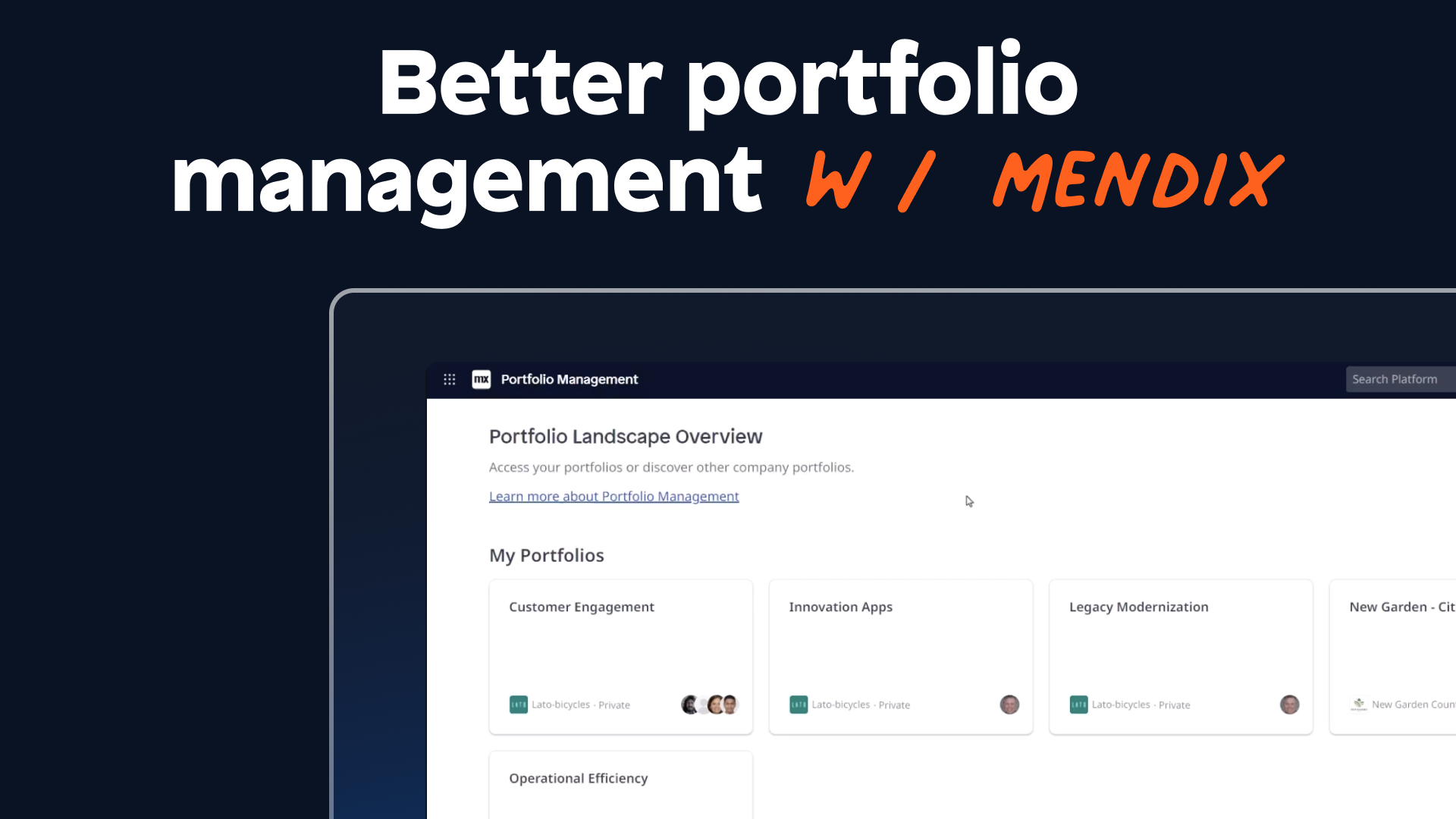How to Unlock the Value of Application Portfolio Management

Research shows a very high failure rate on IT projects, with over half of projects still failing to deliver on the value promised.
While there are many potential reasons projects fail, the focus here will be on application portfolio management and some alternatives you may consider when trying to address the challenges of conventional thinking.
4 challenges of traditional application portfolio management
The challenge with traditional application portfolio management is the assumption that everything centers around projects as a way to look at work.
When looking through this lens, you will likely encounter these issues:
1. Lack of prioritization and alignment
Everything is equally important, and likely for different reasons.
As Patrick Lencioni famously said, “If everything is important, then nothing is.” Unfortunately, stakeholders often have competing agendas that benefit one group and unintentionally hurt another.
2. Failure to manage and understand the scope
If stakeholders believe they only have one opportunity to get their requirements in, they will continue to add requirements throughout. In addition, stakeholders often think they know what they want, but this isn’t always what is needed.
3. Convoluted or contrived estimation
Estimations are based on heavy assumptions, padded, and rarely audited.
Often the lack of understanding of what you don’t know will cause pain later in the project when it becomes known. At that point, most organizations do not stop to re-plan; they attempt to absorb the change. The project may derail, and the next project is padded more heavily.
4. The definition of “done” is not clear
How do you know when you are done? What is your litmus test? Assumptions on what “done” means assume that there is an end.
A 4-step alternative approach to portfolio management
Consider leveraging a discipline of product management, and prioritize and execute using the principles behind the scientific method.
If you assume that businesses plan to live on in perpetuity, then you must account for the assets that run that business, maintain them, and nurture them.
Why then, do we typically look at our work with a finite start and end date? The model is broken. Here are some alternate recommendations:

1. Design your product lines
First, determine how to look at your business as a set of services you provide or need to operate. As an example, most companies will have services similar to these:
- Attract and acquire: What are the processes and capabilities needed to get customers?
- Invoice to cash: How do we bill for, receive, and account for accounts receivables?
- Hire to retire: How do we manage onboarding, benefits, and people management?
2. Prioritize and fund
After you have designed your product lines, prioritize and fund those services instead of just funding projects.
Use this model to determine at a macro level how to align your company’s goals to the products, and earmark the funding and resources in the right place to support your customers. Don’t make the common mistake of focusing on applications; focus on people, processes, and technology.
3. Look to MVP concepts
In many cases, stakeholders believe they know exactly what needs to be done, how it needs to be done, when and where, and months are spent in “requirements gathering” to perfect that belief, and project planning to make sure estimates are accurate.
Look to the world of Agile, and the concepts of Minimum Viable Product (MVP) to help change that paradigm. Or go back even further a few hundred years and employ principles of the scientific method.
4. Hypothesis business value
Formulate a hypothesis about a possible business value, and test it with the least amount of investment.
Assume that you will fail, but you will learn from it. Continue to rinse and repeat. The focus is on value created and the ability to pivot quickly, not on project completion.
The definition of done then becomes “We have delivered the right amount of value for the investment we were willing to make.”
For those who think they know exactly what people want and need, reflect on previous inventions that were accidental or made better through experimentation: Penicillin, the slinky, the pacemaker, the microwave, post-it notes, and x-rays.
Smart, well-intentioned people set down a path with an idea and ended up with something much grander.

Leave room for experimentation
It’s important to note that it’s not an “either/or” or mutually exclusive choice. Some areas of your business may be so well-known and predictable that a scientific method model does not fit perfectly.
Look at each product, and try to determine what maturity and model would work best for that area. I would argue that even if most of the work is well-known and fully understood, there is room for experimentation and value discovery.
 This guest post was written by Craig Huber, an experienced technology executive with experience across retail, logistics, manufacturing, and advertising from Fortune 50 companies to startups.
This guest post was written by Craig Huber, an experienced technology executive with experience across retail, logistics, manufacturing, and advertising from Fortune 50 companies to startups.